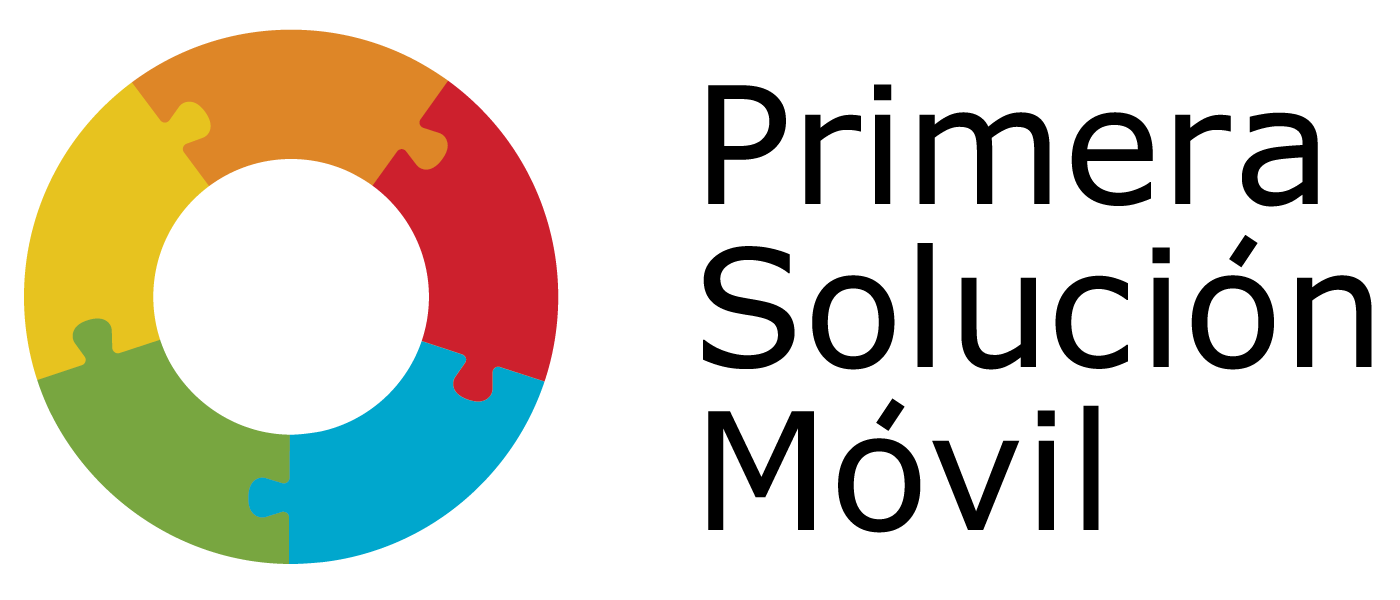How do we work: development cycle
In order to choose the right development model, we have to keep in mind the project’s need’s. We offer two models, Agile and Fixed Cost, which help to find the very best solution to each plan within a period of time and budget. Since every application is unique, chances are the best solution is using a mix of each method.
We analyze your’s so as to choose the best solution for each party.
Agile
Agile. This model allows a resilient development, making changes throughout the project without harming it. It has many iterations – also called sprints – where the work is monitored in order to make any needed change.

We choose Agile when:
- Project’s necessities are not fixed, allowing to make changes along the way;
- It’s way to big to plan it completely from the beginning;
- The client wants to actively be part of the development;
- There is the need to regularly submit a report;
- It’s more important to start swiftly rather to plan everything.
Stages
1. Your participation
Client: Shows their idea and it’s requirements.Result: Requirements, budget and deadlines clear, user interface’s model and signing of contract.
2. Creation of MVP (Minimum Viable Product)
Client: Review of the last version after each cycle.Result: MVP available, clear vision of application’s development.
3. Development of MVP
Client: Review of current MVP.Result: After the testing period is over, the solution is ready to be implemented.
4. Implementation
Client: Checks if the solution is OK, helps with it’s release.Result: Final Acceptance Certificate is signed.
5. Maintenance
Client: Uses the software, presents potential improvements.Result: Maintenance during the it’s creation and after it’s released.
Waterfall – Fixed Cost
Waterfall. Model much less resilient, it needs a fixed requirements to be completed in order to go to the next stage. This model has a fixed budget, which it’s set in the contract, and lacks resilience.

We choose Fixed Cost when:
- There must be a strict report system, which allows to exactly follow the time and money consumed;
- Resilience it’s not needed;
- You prefer project with a fixed cost and documented throughly;
- You can’t take part on the work actively;
- High availability of time and resources.
Stages
1. Review
Client: Shows their idea, it’s requirements and what to prioritize.Result: Requirements clear, without wrong interpretations.
2. Development
Client: Approval of project’s details and development’s design for the next 3-6 months.Result: Software ready for it’s release.
3. Testing
Client: Testing software’s functions.Result: Working software.
4. Implementation
Client: Checks if the solution is OK, helps with it’s release.Result: Final Acceptance Certificate is signed.
5. Maintenance
Client: Uses the software, presents potential improvements.Result: Maintenance during the it’s creation and after it’s released.
